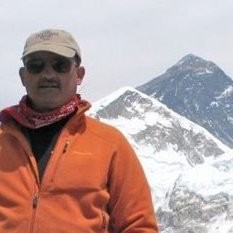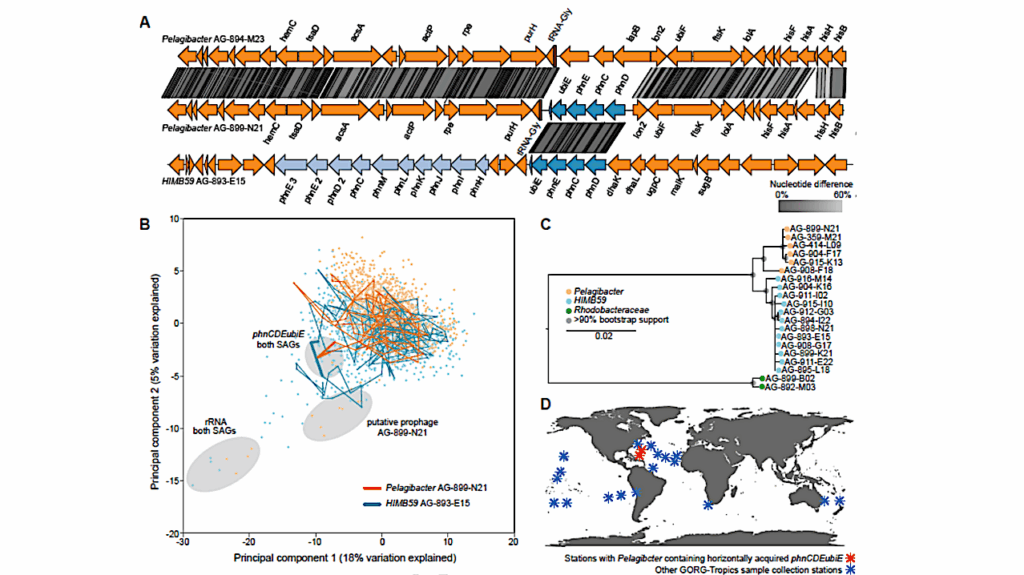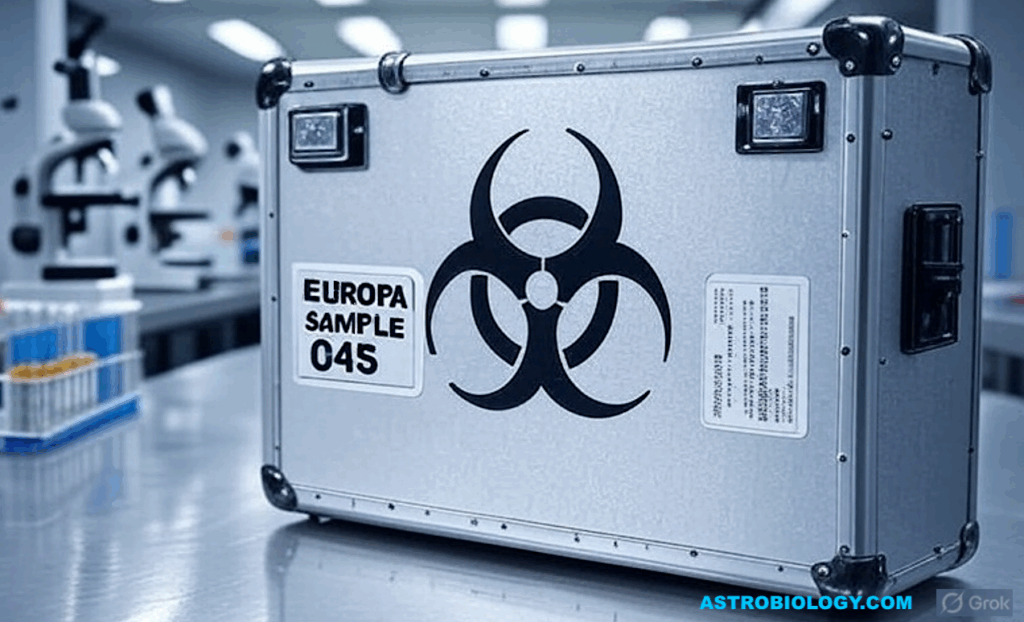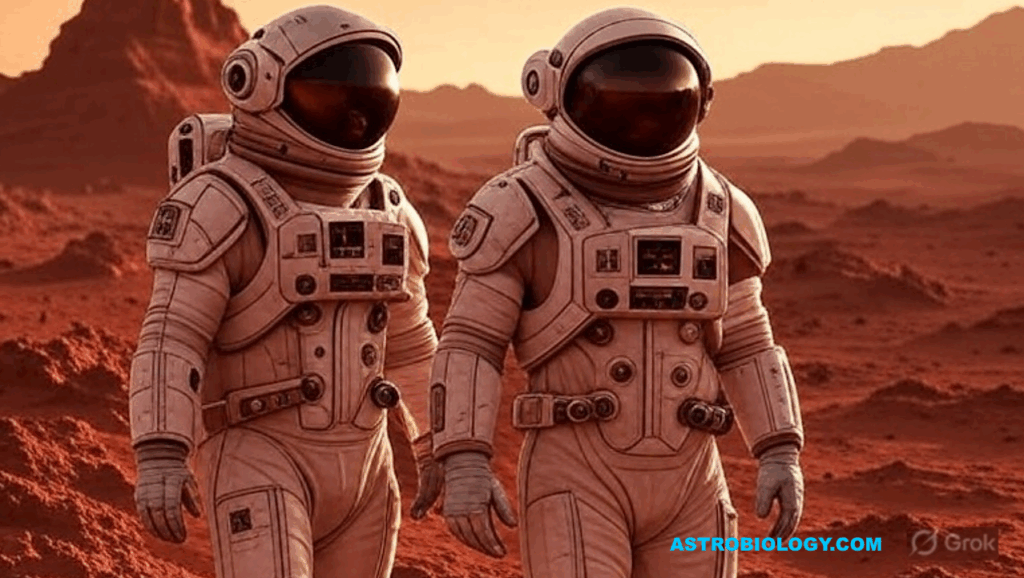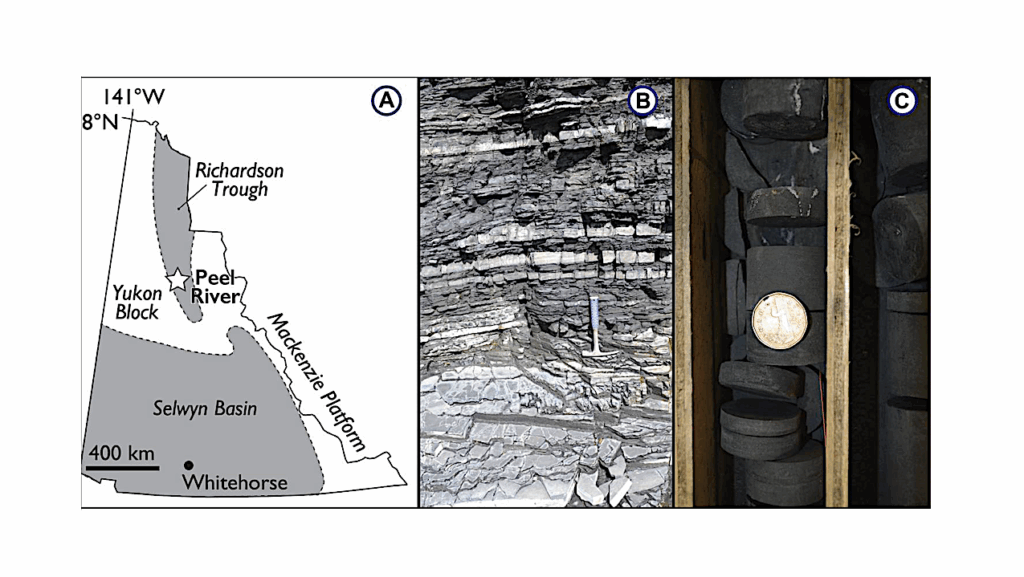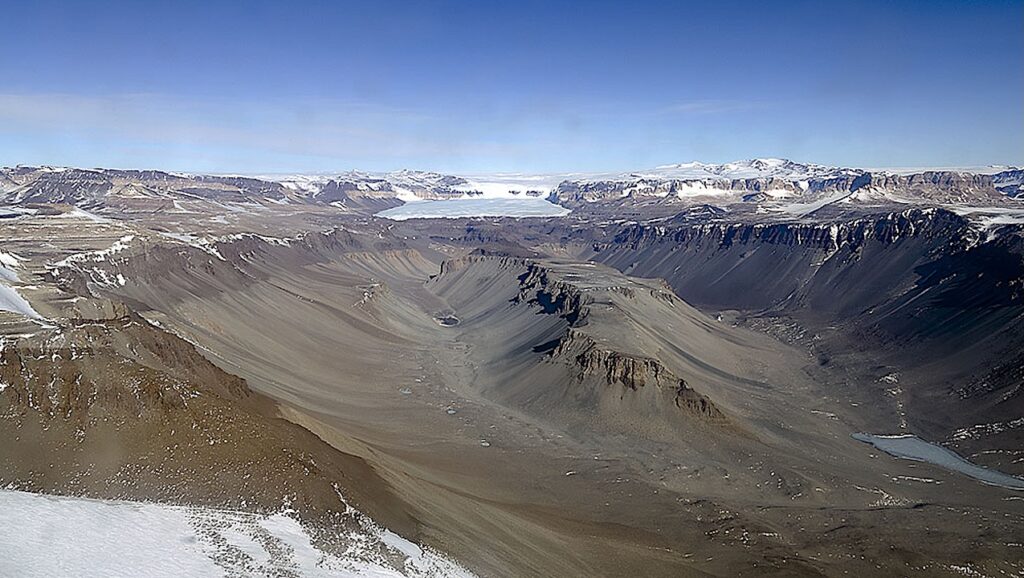Martian Dust And Future Human Space Exploration
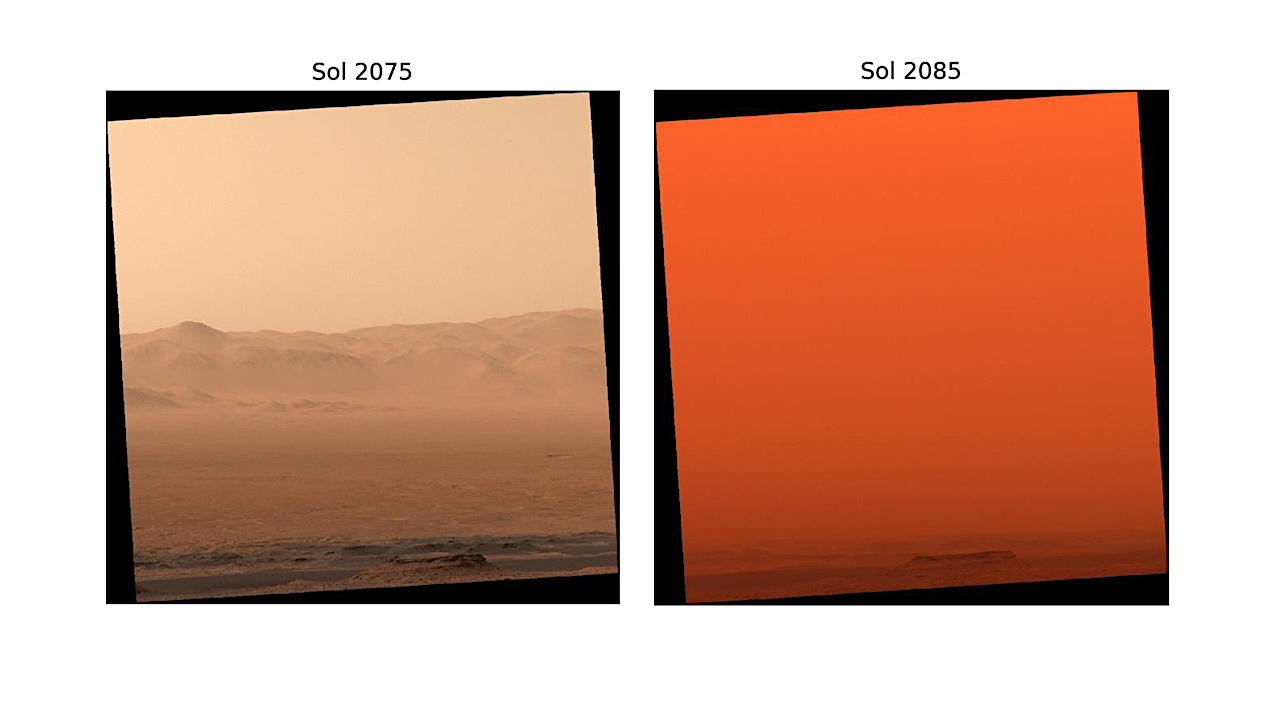
The challenges of human space exploration produce some of humanity’s greatest technological and scientific advances, not excluding innovations in medicine.
The microgravity environment causes a host of physiological changes, and exposure to dust on the Moon caused considerable pulmonary distress to astronauts during the Apollo missions. As the National Aeronautics and Space Administration and other organizations prepare for long-duration exploration missions to Mars, the hazards and consequences of the Martian surface need to be accounted for.
This review investigates how substances analogous to hazardous components of Martian dust have caused disease in people on Earth. Because of its small grain size, dust on Mars is more likely to cause lung irritation, absorb into the bloodstream, and lead to diseases in astronauts.
Toxic components of martian dust include perchlorates, silica, nanophase iron oxides, and gypsum in addition to trace amounts of toxic metals whose abundances are debated: chromium, beryllium, arsenic, and cadmium.
Predicted effects of dust exposure ranges from asymptomatic to life-threatening, with many substances being carcinogenic and most damage impacting the pulmonary system. The longer transit time for astronauts to return home makes the operations of performing emergency medical treatment more difficult and increases both the likelihood and consequences of developing chronic disease.
Exposure mitigation needs to be prioritized; however, supplements may be taken to prevent disease from breakthrough exposures, and treatment regimens could lessen morbidity and mortality. Treatments and equipment need to be carefully considered and transported with the astronauts to be prepared for all possible scenarios.
Potential Health Impacts, Treatments, and Countermeasures of Martian Dust on Future Human Space Exploration, Geohealth (open access)
Astrobiology

